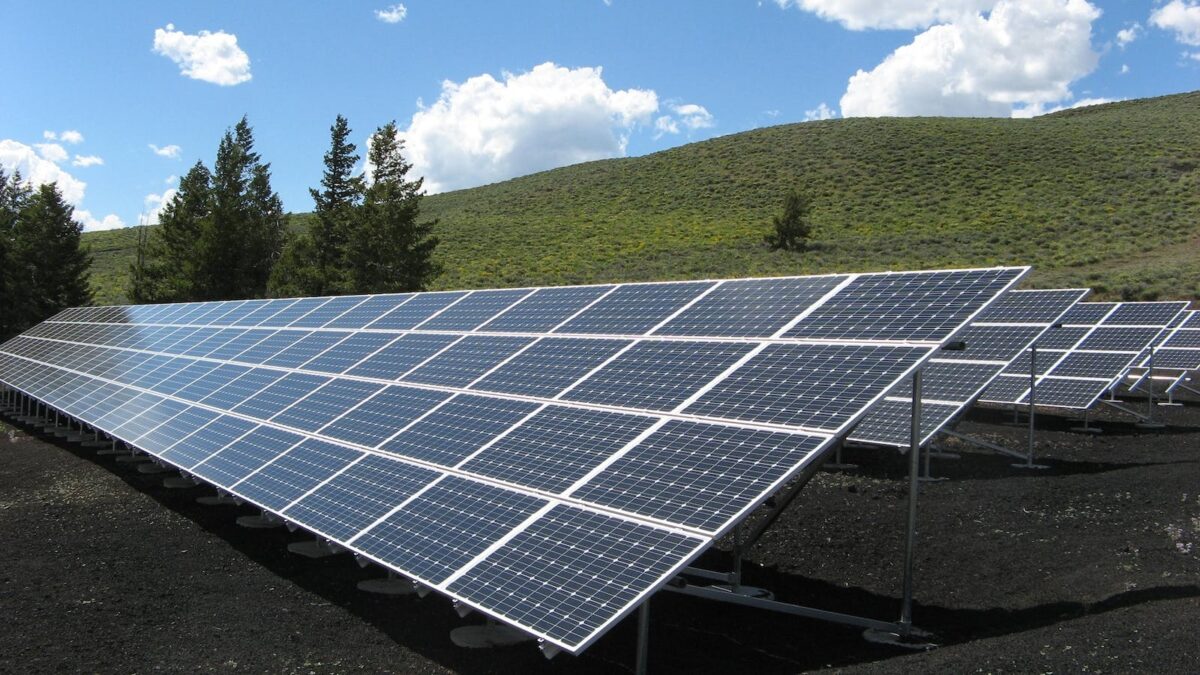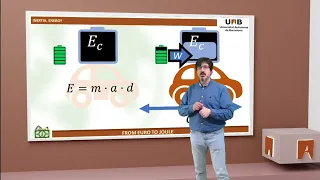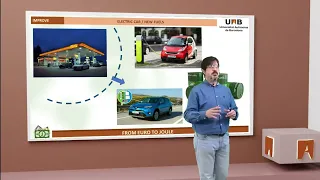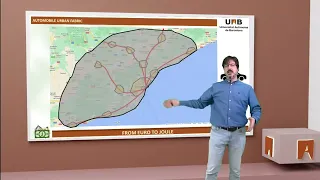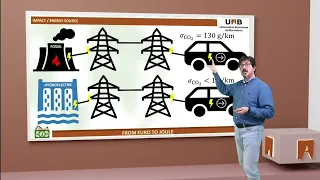L’ús directe de la radiació solar com a mètode per a reduir el consum d’energies convencionals és possible en dues formes diferents. Per una banda, es troben tots aquells aspectes energètics relacionats amb el disseny i l’arquitectura; per exemple, la forma en com es decideix orientar un edifici és fonamental per tal de reduir-ne la […]
